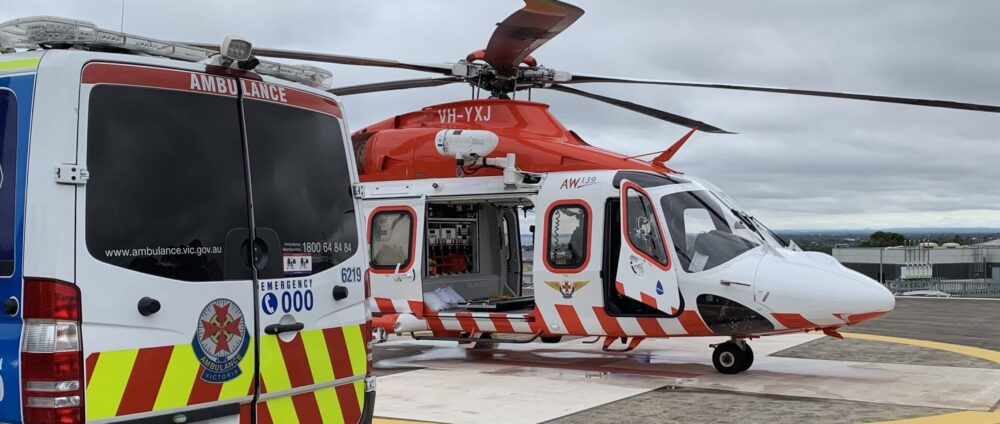Blood glucose level (BGL) monitoring is a commonly performed assessment by paramedics. A device called a glucometer is used, and requires test strips and a drop of capillary blood (usually from the fingertip). As with most things in the body, glucose levels are maintained within a normal range by homeostatic mechanisms – primarily insulin (reduces BGL) and glucagon (increases BGL).
Both high blood sugar (hyperglycaemia) and low blood sugar (hypoglycaemia) can be problematic. Whilst not every patient needs their BGL measured, it is only minimally invasive and can diagnose easily manageable conditions.
Normal Range
Fasting: < 6.1mmol/L
Random: 4.0 – 7.8mmol/L
Indications
- All patients in altered conscious state
- All patients with a history of diabetes mellitus or taking diabetic medications
- All patients with decreased oral intake
- Patients with abdominal pain which could be caused by pancreatitis
- Any patient where the paramedic deems it appropriate
Contraindications
- Nil
Precautions
- Ensure glucometer is properly calibrated according to manufacturers instructions
Procedure:
- Gather equipment – glucometer, test strips, lancet, alcohol swabs and bandaid (this is often all packed into the glucometer pouch)
- Explain procedure to patient and obtain consent
- Hand hygiene
- Clean the patient’s finger tip using an alcohol wipe
This helps to reduce infection and also removes any potential sugary substance which would influence the reading - Prepare the glucometer by placing the test strip inside it
I tend not to insert the test strip completely until blood has been drawn, as most glucometers will time out and give an error message if you’re not quick enough - Perform hand hygiene and don gloves
- Using the lancet, draw blood from the side of the patient’s finger
The side of the finger is considered to be less painful - Dispose of the lancet into a sharps container
- Apply blood to the test strip
If necessary, more blood can be drawn from the finger using a milking motion - Note the BGL reading
- Apply a clean dressing to the site
This reduces the risk of infection
Bottom Line
BGL is a quick, easy and minimally invasive assessment. It is indicated in a large number of patients, and issues with BGL can be successfully managed by paramedics. Optimising blood glucose is also ideal in patients with illness or trauma, to improve patient outcomes. When you’re unsure – check a BGL!
